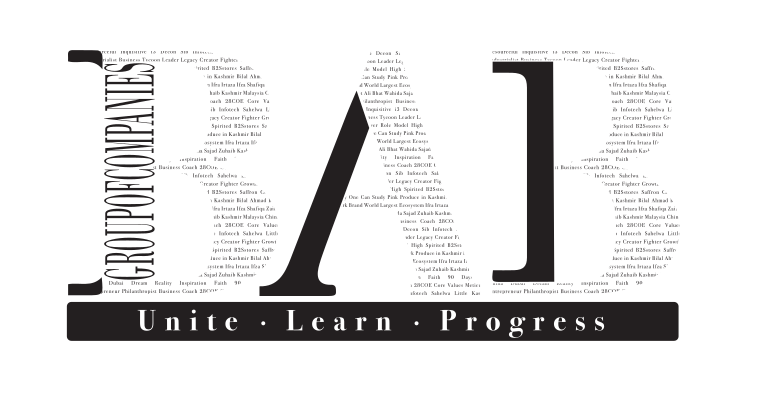Leadership is often defined by the decisions you make, the strategies you implement, and the results you achieve. But what truly separates a great leader from a merely functional one is the ability to communicate with intention. Leadership without effective communication is like a ship without a rudder—directionless, uncertain, and unable to inspire movement.
Intentional communication is not just about speaking clearly; it’s about connecting, influencing, and creating an environment where people feel understood and empowered. Every word you choose, every conversation you initiate, and every message you convey carries the power to either build trust or erode confidence. Leaders who communicate intentionally create clarity, alignment, and purpose in every action.
The urgency to master this skill cannot be overstated. In today’s fast-paced world, distractions are constant, misunderstandings are common, and attention spans are short. Leaders who fail to communicate with intention risk losing engagement, credibility, and ultimately the loyalty of their team. Every interaction is an opportunity to strengthen relationships, inspire action, and create a culture of accountability and transparency.
To communicate with intention, start by listening actively. Understanding your audience’s perspective, concerns, and motivations is the foundation of impactful communication. Next, clarify your message—ensure your words reflect purpose, not just information. Use storytelling and examples to make your message relatable, emotional, and memorable. Finally, follow up with action. Words alone are not enough; they must translate into meaningful outcomes that demonstrate your commitment to your vision.
Intentional communication is a discipline, and like any discipline, it requires consistency, practice, and self-awareness. Leaders who commit to this path will see measurable results: stronger team cohesion, higher productivity, improved morale, and a lasting impact on their organization’s culture.
Now is the moment to act. Evaluate your current communication style. Identify areas where your intentions may be lost or misunderstood. Begin small—one conversation at a time—but be deliberate, be conscious, and be transformative. Lead with purpose, and let your communication be the bridge between vision and action.

